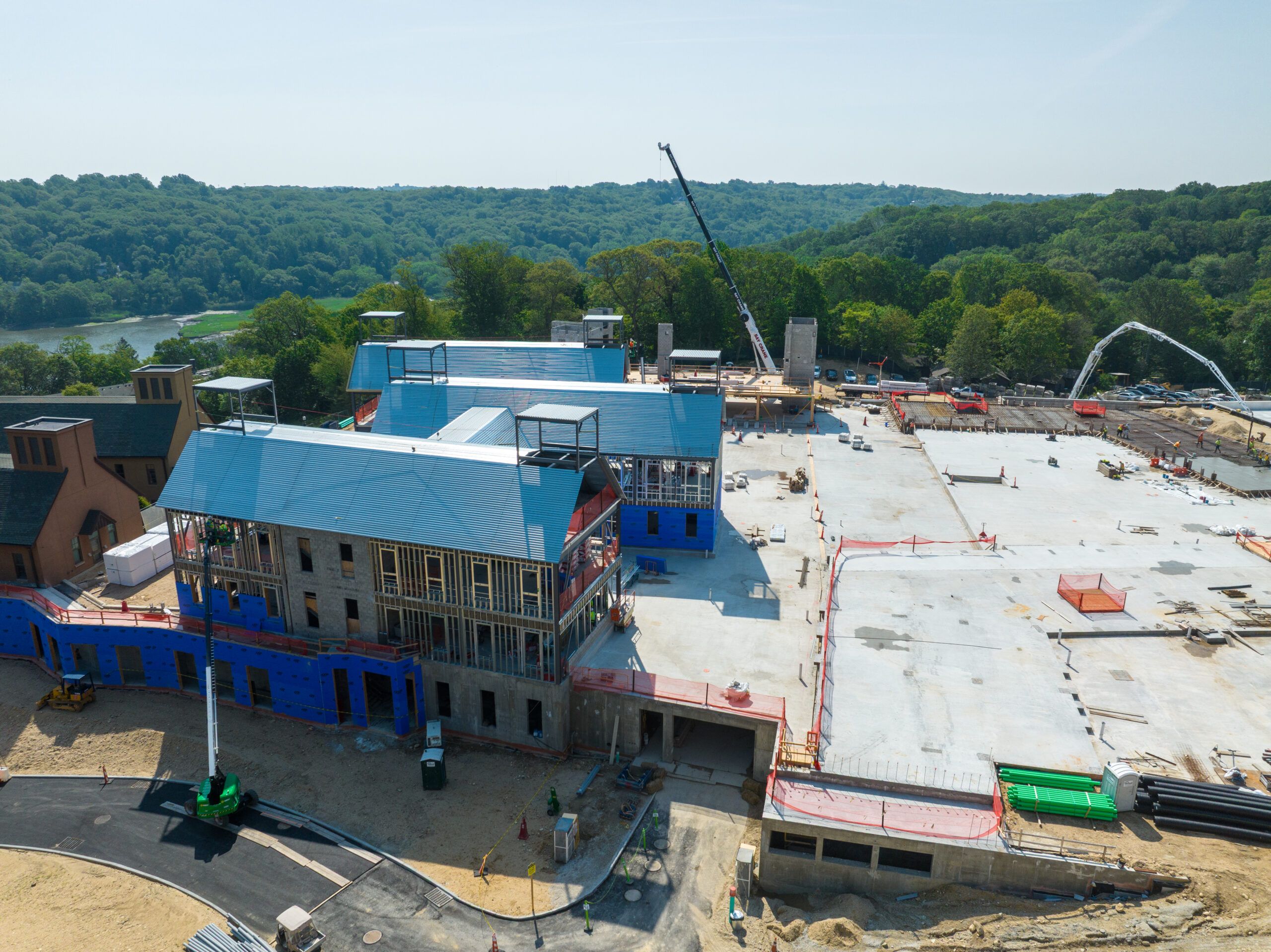
Nearly 6.5 million Americans work in construction sites every day.
These workers face the risks of slip and fall, noise, collapsing trenches, moving objects, asbestos, and many more. Most of these risks are life-threatening and can cause other adverse effects to the worker, the property owner, and the public.
Managers and workers can avoid these risks by adhering to the construction site safety rules. From dressing to the safety precautions, several practices can minimize these risks and make construction sites safer.
Here are a few ways of how property managers can mitigate construction disasters and promote safety.
Create Awareness
Ignorance is the leading cause of workplace injuries. As the property manager, you should not assume that every worker you hire understands the risk of working on a construction site.
As you hire, you should create awareness of the possible risks and hazards at the construction sites. You should explain everything in detail, and if possible, give real-life examples.
It becomes easier for everyone to avoid risks because they already know what can happen if they are careless.
Offer Training Programs
Creating awareness may not be a good practice alone. You still need to go a step further and offer training programs regarding the same.
According to the Occupational Safety Standard Administrations, all construction managers should train their employees on construction safety standards. The training can be offered through worksheets, videos, case studies, or any other mediums which the workers understand.
Some of the things that the workers can learn during the training include protecting themselves from falling, what to do when in risky sites, how to use the construction equipment, and so on.
Note that experienced personnel can only offer training. Before you outsource, do background research on the trainers to ensure that you get the best.
Also, one-time training may not be enough, mostly if the workers stay in the construction site for an extended period. The training sessions should be as many as possible to ensure that every worker is up to date with everything.
You will have fewer chances of suffering physical or economic damages in your project when your employees are well trained.

Provide Equipment and the Safety Gear
Now that you have trained your workers, the next idea would be to give them the right equipment. It might not make any sense for you to train the workers, yet you do not provide the right equipment.
If the workers handle heavy material, you should ensure that they have heavy equipment to handle or transport the materials. You should also provide the right storage equipment for the materials to avoid onsite injuries.
Ideally, you should pay close attention to the job equipment and the protective gear. As a construction firm, you should:
- Procure the right tools in time
- Inspect the available tools to confirm that they are in excellent condition
- Educate the workers on how to use both the new and the existing tools
- Observe heavy machinery maintenance
- Educate your visitors on how to use the equipment
Don’t forget to repair or replace broken tools and equipment. Find a brand that you can trust for the best replacement heavy machinery parts. You may see more here on undercarriage parts for construction tools.
Assuming the working tools are in place, you should ensure every worker has personal protective equipment. The gear includes hand gloves, head and face protection, safety belts, respiratory protectors, and so on.
The exact protective gear depends on the location and nature of your construction project.
Lastly, you should invest in cleaning gear to keep the construction site clean all through. A dirty environment can leave room for many accidents and losses as well.
Limit Access
No one should enter the construction site unless they participate in the construction, inspection, and offloading practices. If you allow everyone inside, the site will be congested, and the chances of accidents will be many.
So, how do you limit the access of people in there?
First, create a list of the maximum number of workers reporting to work every day. They should be working in shifts.
Second, prohibit the entrance of the public into the construction site. You can do this by putting up billboards and warning signs showing that a construction job is undergoing and people should not pass there.
Don’t forget to inform your local county council. Besides giving you the go-ahead certificates for the construction, your local council can provide a construction site safety checklist and help you reduce congestion at the job site.
Implement a Safety Culture
The last tip is to ensure that workplace safety is part of your company’s culture. Everyone on the construction site should be able to follow the rules without being forced by anyone. Everyone should know their safety responsibilities, whether they are supervised or not.
However, it might take some time for everyone to follow the safety culture. Here are a few tips to follow to ensure that the safety culture is influential:
- Visit the workers randomly at work to confirm if they are wearing their protective gear and if they are adhering to the other safety rules and regulations
- Don’t tolerate the workers who don’t observe the safety rules
- Report any unsafe practice that you notice in the construction site
- Let the workers report any practice that they think is slowing their work or risking them at work
You may invest in technology too to confirm that everyone on the site complies with the construction site safety rules. The inspection and adherence may be challenging initially, but you can develop a strong safety culture and keep everyone safe with time.
Improve Your Construction Site Safety Today
Thousands of workers lose their lives on construction sites every year. Others sustain disturbing long term injuries. Since most of these instances can be prevented, you should do your best to protect your workers and everyone on the site.
So, follow the above-discussed construction site safety tips and add more too to avoid workplace dangers.
Did you learn something new from this article? Please read our articles to learn more.











